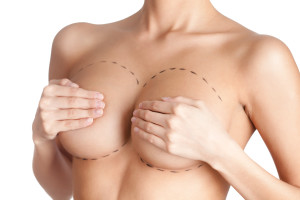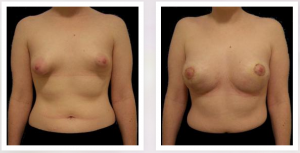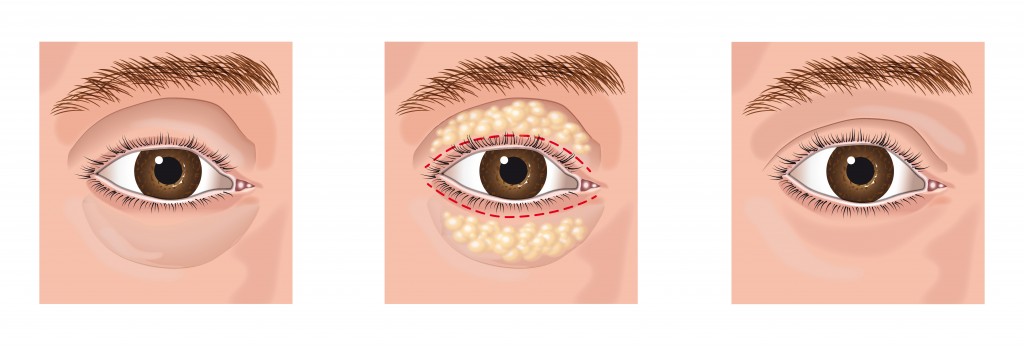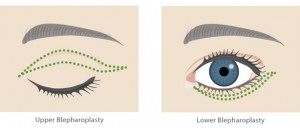Plastic and cosmetic surgery continues to gain good and bad connotations. Plastic surgery, a more general term, is used all around the world daily from cosmetic procedures to reconstructive procedures. I have never personally had any plastic surgery done but there are obvious downsides to plastic surgery such as downtime, pain, and possible side effects. These are all factors that must be discussed before the actual procedures because they are dangerous but there are also benefits that might be worth the risk. The benefits of plastic surgery are limitless. Because plastic surgeons are incredibly talented and educated, they have the ability to recreate almost anything. A recent Huffington Post article titled “Plastic Surgery Miracles” dives below the surface to shed light on some really amazing plastic surgery procedures such as Katie Piper, whom thanks to stem cell and plastic surgery has regained some of her sight after becoming partially blind during a sulphuric acid attack. Another miraculous plastic surgery operation was of a hand transplant on a 51 year old man who has become the first person in the UK to have a hand transplant. Plastic surgery gets a bad rap here and there mostly because of really bad horror stories. Of course there are going to be horror stories and really awful plastic surgery results but these benefits are definitely worth it. Read on for more detailed stories of how these plastic surgery procedures can changes lives.
Mutilation

Aesha Mohammadzai is a beautiful young woman from Afghanistan. At just 19 years old she was subject to torture and mutilation when her nose and ears were hacked off by her Taliban husband and in-laws after fleeing her forced marriage. You might recognize her from a very famous cover of TIME Magazine in a special titled “What Happens if We Leave Afghanistan” by Aryn
Baker. Within the article, Aesha tells a very tragic and somber story of her forced marriage and subsequent abuse from not only her husband but also his family. One day the mental and physical abuse just became too much for her so she ran away. Shortly after she was caught, she recalls the event very well, “They caught me and put me in jail for five months. When I came out the judge sent me back to my husband. That night they took me to the mountains. They tied my hands and feet. They said my punishment was to cut my nose and ears. And then they started to do it.” Having passed out through pain and shock, Aesha came to in her own blood. She managed to walk to her village where her father took her to the hospital. Aesha has been since living with a host family in America and is being treated by doctors in Maryland. Her reconstruction surgery consists of nose reconstruction, tissue expansion, and rhinoplasty. Aesha initially was treated with gradual tissue transplants taken from other parts of her body. These tissue transplants will allow surgeons to piece together a new nose for Aesha. She also has gone through tissue expansion on her forehead, a procedure used for skin reconstruction that allows surgeons grow skin for reconstruction purposes. During tissue expansion, saline is injected in pockets beneath the skin, over time the amount of saline is increased slowly causing the area to swell and the skin to stretch. The excess skin can then be transplanted elsewhere where necessary. After her transplant is successful, she will then have revision rhinoplasty to ensure function and cosmetic appearance of her new nose. In December 2012, she was half way through her reconstructive procedure and has since become a symbol of hope for women suppressed by the Taliban, urgi
ng women to “never give up and don’t lose hope,” that “what happened, it’s part of me, part of my life and its all the time in my mind and with me. But I have to live and I have to love”.
Breast Cancer

Our next story is more recent but with similar connotations of women’s strength. In this next story we will examine how plastic surgery helped Angelina Jolie rise above breast cancer. Angelina Jolie’s mother, Marcheline Bertraind, had passed away in 2007 from ovarian cancer at the age of 56. Angelina Jolie is only 37 years old, with six children, 3 adopted and 3 biological. Angelina Jolie describes her decision in a New York Times Op-Ed piece titled “My Medical Choice”. Here she describes in detail her exact reasons for her choice: her children. Jolie’s mother passed away from ovarian cancer in 2007, realizing breast and ovarian cancer can be inherited she quickly ran to the doctors. Jolie discovered she carried a “faulty” gene; the BRCA1 gene sharply increases a woman’s risk of developing breast cancer and ovarian cancer. Her doctors estimated that she had an 87% risk of developing breast cancer and a 50% risk of developing ovarian cancer, though the risk is different in each woman. Breast cancer affects women on a daily basis, while only a fraction of breast cancer cases result from an inherited gene mutation, those with a defect in BRCA1 have a 65% risk of developing it. Of course this diagnosis and risk factors are not sure-fire but once Jolie knew this was her reality she knew she needed to be proactive and thus decided to have a preventative double mastectomy and breast reconstruction. In Jolie’s piece she explains further her choice for having preventive surgery, her reason: her children. She describes how her and her children often talk about “mommy’s mommy” where she finds it incredibly difficult to explain the illness that took her away. They asked if the same could happen to her and indeed it could have. Through perseverance and bravery, on February 2nd Jolie began her journey. It began with a procedure called a “nipple delay” which rules out disease in the breast ducts behind the nipple and draws extra blood flow to the area. According to Jolie, this causes some pain and a lot of bruising, but it increases the chance of saving the nipple. A few weeks later, Jolie began the major surgery, where her breast tissue is removed while temporary fillers are put in place. Nine weeks later Jolie’s final surgery was completed. She opted for immediate breast reconstruction with an implant, similar to breast augmentation, and believes her results are beautiful. To me, Jolie’s story is full of bravery, courage, and most importantly love for her children and family. It symbolizes women’s strength in a way only women can feel.
Plastic surgery gets a bad rap….
Especially from celebrities such as Lindsey Lohan and Amanda Bynes stating they are “addicted to cosmetic surgery”. However, plastic and cosmetic surgery really can change lives, from women wanting to gain back their self-confidence and body image post-pregnancy with a mommy makeover or a tummy tuck to men who have been bullied for gynecomastia and seek male breast reduction. People who have the strength to lose massive amounts of weight to be healthier can choose post-bariatric surgery to remove potential health hazards from resulting excess skin. Plastic surgery is used everywhere and can not only change one’s appearance but certainly change their lives.
aesha mohammadzai, angelina jolie, breast reconstruction, reconstruction surgery, rhinoplasty







